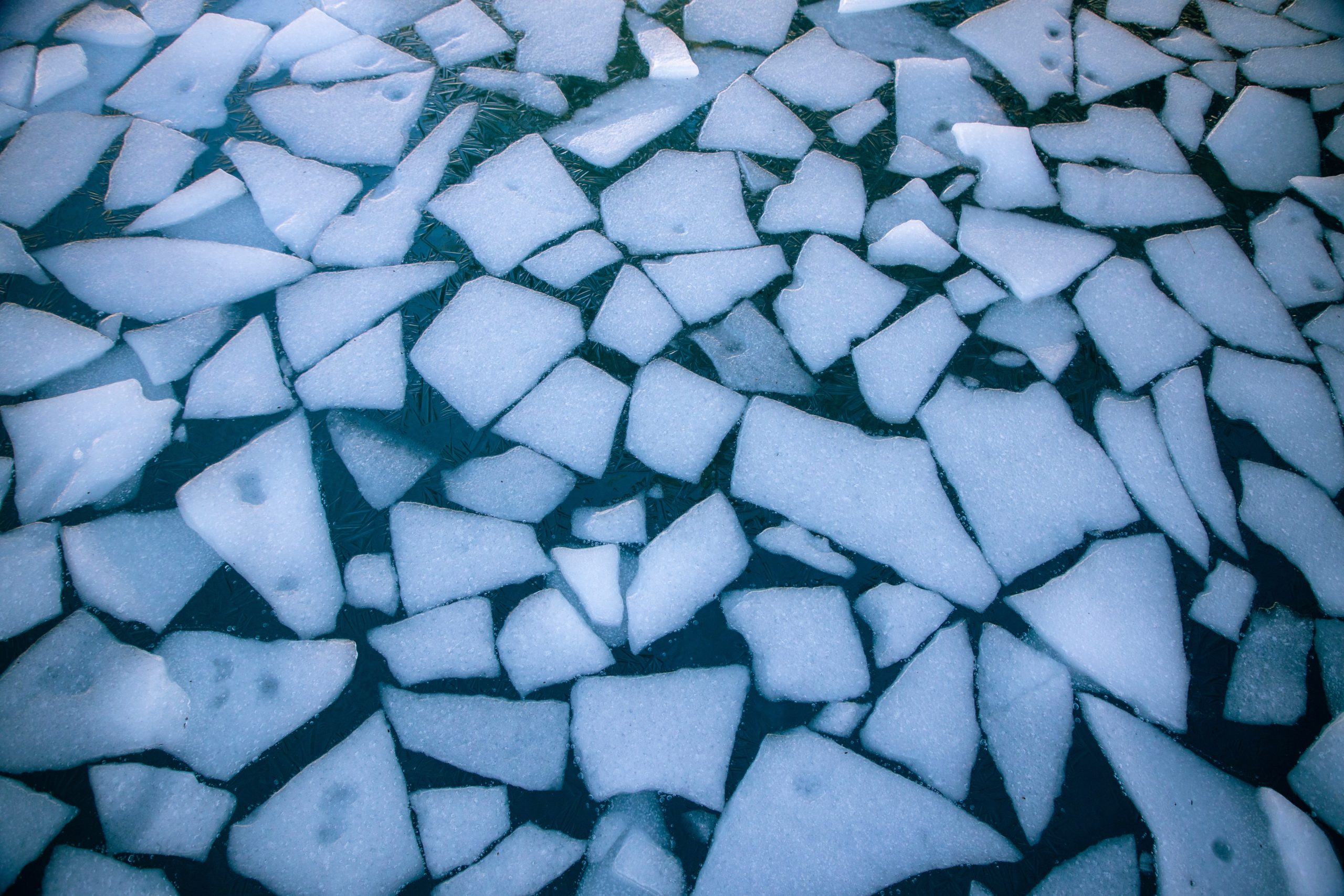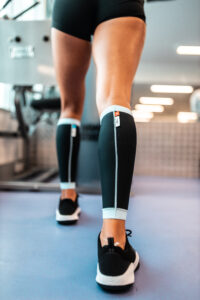For many years athletes have been using ice baths (cold water immersion) to enhance recovery. Ice is also commonly used in the treatment of acute sporting injuries. However recent research has questioned the use of ice for recovery purposes and injury management. So could this be the end of the ice age?
Use of ice for the treatment of sporting injuries
Ice is widely used in the treatment of sporting injuries on the assumption that it reduces inflammation and speeds up the healing process. However, there is little evidence to support the use of ice in the management of soft tissue injuries, and conversely it has been suggested that ice may slow down healing and delay recovery.
When there is damage to the tissues, inflammatory cells are sent to the injured area to repair and heal. Applying ice to an injury causes vasoconstriction and reduces blood flow therefore reducing swelling. However, the reduced blood flow to the injured site may slow down the healing process.
Ice can be beneficial for reducing pain in the period immediately post injury. Current recommendations are that if ice is to be used in the treatment of sports injuries, it should be applied only for a short period (5 minutes) in the acute phase.
Cold water immersion (CWI) for athletic recovery.
Numerous studies have investigated the use of CWI on athlete recovery. Positive effects on subsequent performance and a reduction in muscle soreness have been shown when CWI is used post exercise. Consequently, many elite athletes will use ice baths as part of their recovery routine. Using CWI may accelerate recovery and allow subsequent sessions to be performed at greater intensity therefore increasing the overall training load and stimulus for adaptation.
Whilst positive effects of CWI in the acute recovery phase have been demonstrated, more recently it has been questioned whether CWI helps or hinders the long term adaptation to training. It has been suggested that using CWI routinely in the recovery process may blunt the adaptation to training by minimising fatigue and inflammation which is a necessary part of the adaptation process. Therefore coaches and athletes need to consider when it is appropriate to use CWI for recovery purposes.
Recent evidence has suggested that CWI may attenuate muscle adaptation to resistance exercise by impairing muscle hypertrophy and strength. Therefore, if an athlete’s goals are to increase strength and muscle mass, using ice baths as a recovery strategy may be counter productive.
So is it really the end of the ice age?
When prescribing recovery techniques, it’s important to consider the individual athlete, the training or competition phase and the aims and objectives of the training session and recovery period. In some cases ice baths / CWI may have merit immediately post training or at the end of a day of competition, however in some situations the use of ice or cold water may not be appropriate and could be impractical in certain situations. For example, where strength gains are a priority, or during competition where there are multiple events in a short period of time. In these situations, compression garments can provide a good option to enhance athlete recovery.
Research has shown that compression garments can reduce feelings of muscle soreness and improve an athlete’s perceptual recovery. Unlike the use of CWI there are no negative effects reported when compression garments are worn following training, providing they fit correctly.
CAPE provide medical grade compression garments which are individually sized based on an athlete’s 3D scan to ensure correct fit. With different garments for training, recovery, travel and rehabilitation, athletes are provided with the appropriate garment to meet their needs. Specific compression regimes have been developed by sports scientists to ensure that athletes get optimal benefit from these garments.
CAPE garments are designed based on compression suits originally developed for astronauts, meaning this could be the start of the space age in terms of athlete recovery!



